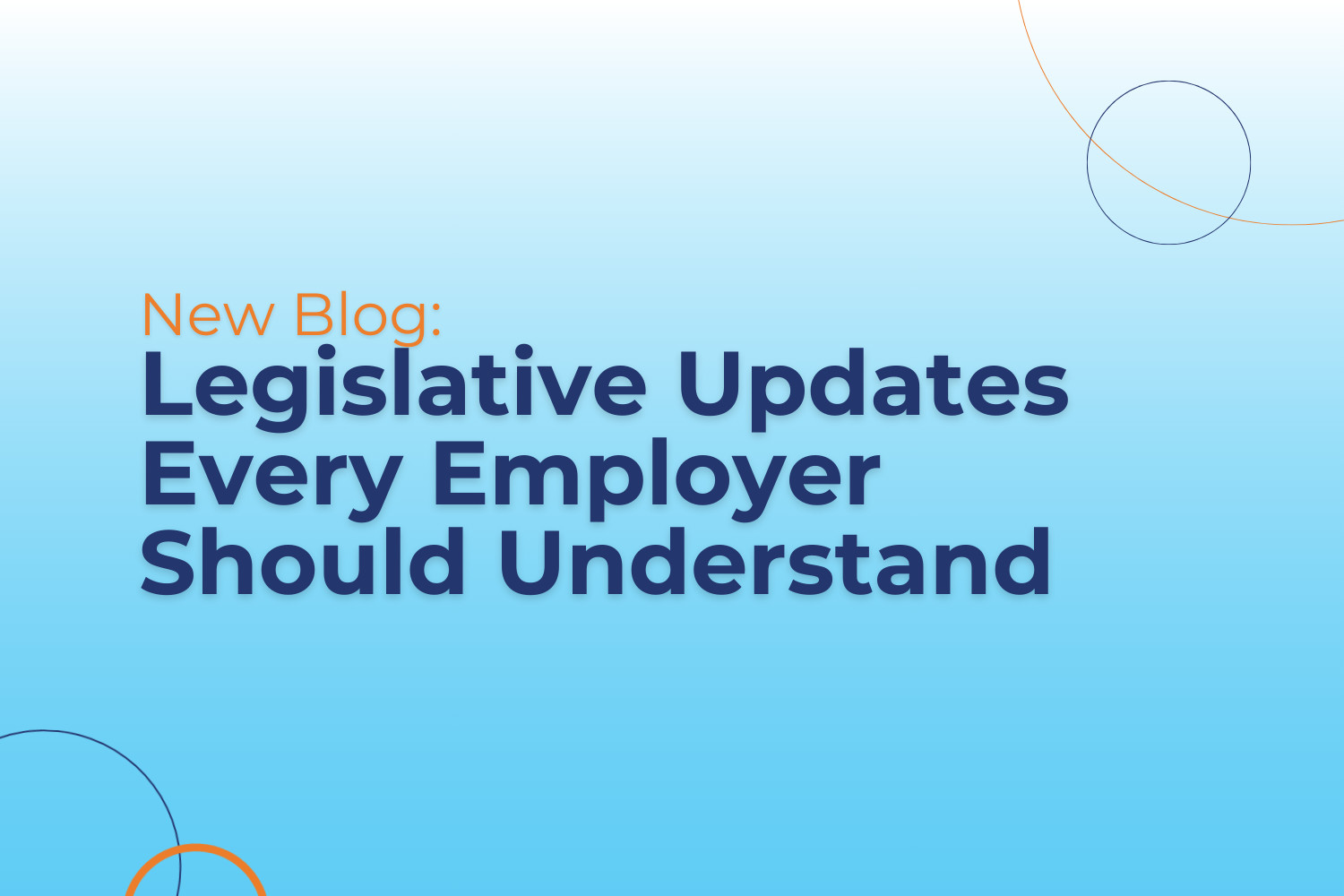An unlimited PTO (paid time off) policy may be on your company’s list of potential perks for this year. According to the Society for Human Resource Management, 4% of firms currently provide limitless paid time off. That figure may continue to climb as startups and major corporations experiment with this approach. Equally essential is assessing the benefits of a flexible paid time off (FTO) policy, which has significant distinctions and may better correspond with your company’s demands and operating methods. A crucial concern for HR managers considering a change in time off policies is whether an unlimited PTO or FTO policy is appropriate for the organization.
What is flexible time off?
Flexible time off, commonly also termed as open PTO, is a policy that allows staff to take as much time off as they need for any reason without collecting vacation time. When we compare FTO to an ordinary vacation plan, flexible time off does not usually require employees to request time off in advance. The FTO policy permits employees to take time off for personal reasons, such as family events, medical appointments, or just to recharge.
What Is Unlimited PTO?
Providing unlimited paid time off (PTO) means enabling fully paid leave for whatever your employee needs it for, without limiting the number of days they may use from their yearly allocation. This might be for illness, vacation, bereavement, or any type of leave request. Many companies may struggle with this notion, and some employees may take advantage of it.
Is Unlimited PTO Really Unlimited?
Employers should be aware that “unlimited PTO policies” do not guarantee that employees will use an infinite amount of paid time off. For many firms, an unlimited time off policy is best implemented with specified guidelines for acceptable employee use.
In fact, firms with these rules frequently regard underuse as a more serious problem than a staff member taking too much time off. In such instances, business owners and management should promote the proper use of PTO by communicating that they want staff to recharge and renew.
Employers must be aware of changing conditions that may have a detrimental impact on business processes, such as seasonal demands or long-term projects that risk being disrupted due to a lack of available team members. Some firms use a master calendar to track which staff are actually in the office and which are not.
Another strategy to manage this benefit is to encourage employees to portion out their PTO over the course of the year rather than using it all at once around a holiday such as Christmas. Employees who have unlimited PTO feel less need to preserve their time off for holidays or breaks, which may assist in minimizing gaps in work coverage.
What are the rules for unlimited PTO?
Unlimited PTO policies are similar to conventional PTO plans but do not need accrual or a set amount of days off. An employee may take as much time as they need with the consent of their management.
As with PTO plans in which time off is accumulated or frontloaded, an employee’s manager must normally approve requests to utilize their unlimited PTO. Furthermore, an organization’s established employment structure and/or flextime benefits are usually intact.
Companies should express a clear and recorded PTO policy to all employees at recruiting and orientation and include it in their employee handbook. Make sure the policy clearly states when staff are permitted to take time off, how far beforehand requests must be made, and what clearances are necessary.
Highlight any peak times when it might be more difficult—or perhaps impossible—to accept PTO requests. Keeping track of workers’ PTO requests might be daunting. Investing in a time and attendance solution may improve efficiency, keep you informed, and arrange your employees’ schedules.
Advantages of an Unlimited PTO Policy
Unlimited PTO policies may improve:
- Employer-employee trust
- Serve as a recruiting, retention, and engagement tool
- Reduce employee pressure to work when sick
- Minimize administrative time and resources consumed on tracking individual time-off accrual and analyzing employee requirements.
Disadvantages of an Unlimited PTO Policy
Employers should evaluate the disadvantages and problems of providing unlimited PTO.
- Creating a flexible and results-driven corporate culture might be challenging due to discomfort with change.
- Creating and communicating a formal policy describing unlimited PTO benefits to all involved workers requires significant time and effort.
- Abuse (or apparent abuse) of the policy might impact employee morale.
- Offering unlimited PTO may not be possible for many firms. Working places with vital coverage, such as contact centers, manufacturing plants, healthcare organizations, or retail outlets, may find it difficult, if not impossible, to implement this sort of benefit.
- Employees may be dissatisfied with not being able to accrue time for pay, as required by law.
Related: Amazon PTO & Vacation Policy
Why is unlimited PTO a trap?
Unlike standard PTO rules, which explicitly identify the amount of days off, limitless PTO might lead to misunderstanding. Without a clear limit, employees may be unsure how much time off is permissible or fear being evaluated for taking excessive amounts of days off. This uncertainty might lead to guilt, discouraging employees from taking the necessary time off to rejuvenate.
Unlimited PTO might create a culture in which workers feel compelled to be available constantly and never completely unplug from work. In situations where long hours and continual availability are praised, taking time off might be interpreted as a sign of weakness or lack of effort. As a result, employees may be hesitant to use their unrestricted PTO, thinking that it may impair their professional prospects or reputation.
Unlike regular PTO programs, which generally pay out unused vacation days at the end of the year or upon leaving the firm, unlimited PTO does not often provide this benefit. As a result, employees who do not use their unlimited PTO risk losing money. This might feel like a squandered opportunity, further encouraging employees to avoid taking time off.
Employees may struggle to create good work-life boundaries if there are no clear standards for when and how to use unlimited PTO. The lack of structure might make it difficult to separate from work-related tasks, resulting in burnout and lower productivity in the long term.
In certain circumstances, unrestricted PTO rules may not be administered consistently to all employees. Certain individuals or divisions may have greater freedom in taking time off, whilst others confront implicit or explicit limitations. This can lead to anger and perceptions of unjust treatment among employees, diminishing faith in the company’s commitment to promote work-life balance.
What are the rules for Flexible Time Off?
Most organizations with an FTO policy require employees to acquire their manager’s consent for the time they want to take off, comparable to unlimited paid time off schemes. This allows you to regulate lapses in personnel coverage, which might affect workflows.
Although a flexible PTO policy may differ from business to company, companies ought to think about the following when developing flexible paid time off programs:
- A process for obtaining time off, such as filling out a request form.
- How and when are management approvals communicated?
- The quantity of FTO accessible to each employee
- What policies exist about leaves, and how do they relate to FTO?
- How are FTO days processed when an employee leaves employment?
Employers should consider remote employees while developing flexible time off plans. Even while remote employees’ workdays are generally more flexible, they, like on-site employees, deserve to disengage from work.
Advantages of FTO
Employers perceive several benefits from providing flexible paid time off:
- FTO can help you attract and retain outstanding people.
- Allow productive staff to take more time off as needed.
- Nurture your workers by demonstrating trust and value.
- Encourage staff to take time off for self-care.
- Improve employee loyalty and dedication to your business, leading to increased productivity and lower turnover rates.
- If your FTO policy allows for limitless days off, eliminate PTO backlogs where employees must utilize or lose them before the end of the year.
- Reduce administrative overhead for monitoring paid time off, including accruals and days spent.
Disadvantages of FTO
FTO, like any other HR strategy, has its unique set of issues:
- An FTO policy may contradict other leave policies, including parental leave and Family Medical Leave Act leave. To minimize misunderstanding, ensure that your FTO and other leave rules are consistent.
- If there is no restriction on days off, employees may abuse the system and take excessive leave. Review your workers’ use of the flexible time policy on a regular basis to ensure that it is being used effectively. Also, make it clear to your staff that they must still achieve their performance objectives and expectations, regardless of how much time they take off.
- Employees may seek overlapping time off, leading to gaps in workflow or duties. Employees must disclose their FTO requests ahead of time so that management can plan for employee absences.
Conclusion
In conclusion, your staff need to relax and take time away from work in order to create excellent results for your organization. To do this, they need a paid time off system that is tailored to their specific requirements. You may be concerned about providing employees more flexibility to take days off or offering them paid days off too early in their employment. However, encouraging employees to take adequate vacation time can promote engagement, productivity, and other benefits.
The trend of unlimited PTO shows potential for enhanced work-life balance and productivity, but careful management and clear communication of responsibilities will be required. Furthermore, it is critical to evaluate potential inequities, and steps should be taken to guarantee that this benefit is available to as many individuals as feasible.




